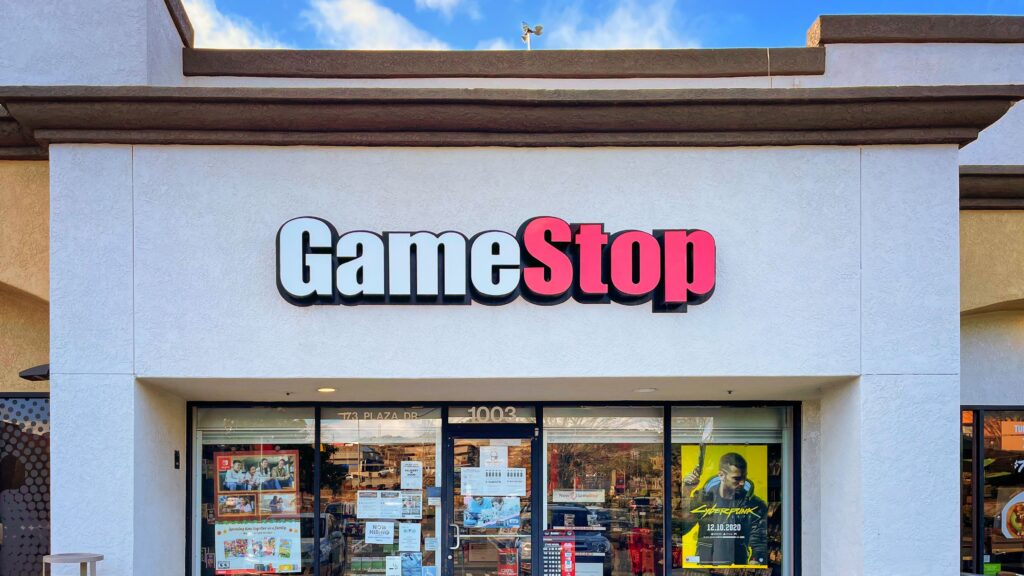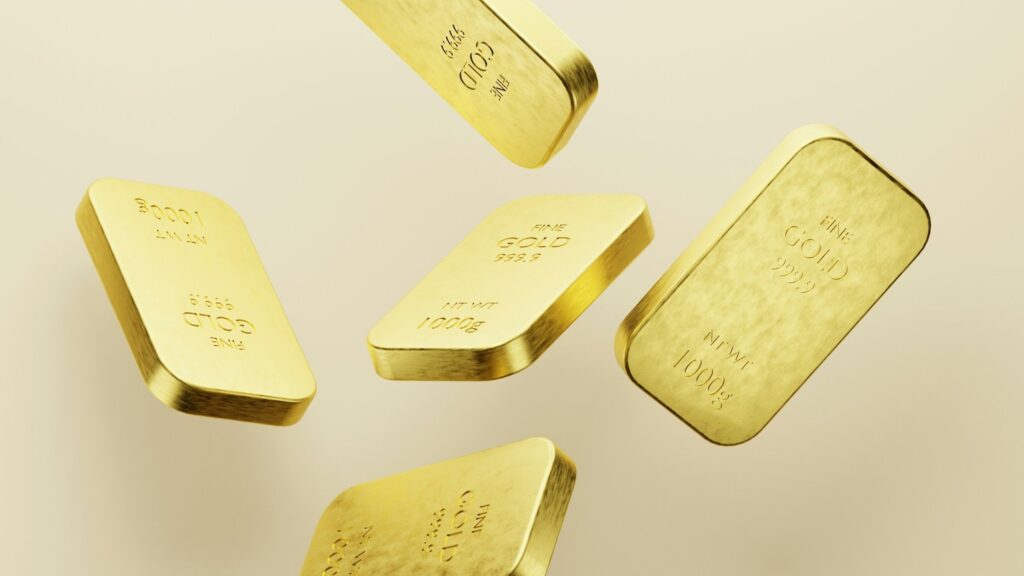A Historic Moment in Crypto History
In February 2014, a pivotal moment in cryptocurrency history unfolded when Kolin Burges took a stand outside the Tokyo headquarters of Mt. Gox. Armed with a simple cardboard sign that read, “Mt. Gox, Where is Our Money?”, Burges demanded answers from the exchange’s CEO, Mark Karpeles, regarding his missing bitcoin tokens. This spontaneous act of protest would soon become a symbol of one of the first major financial scandals in the cryptocurrency world.
Auction Details: What You Need to Know
Fast forward eleven years, and the iconic protest sign is now up for auction on Scare.City. With a reserve price set at 4.5 BTC, equivalent to approximately $383,000, the auction opens later this week and will conclude on April 3. The story behind the sign has evolved into a fascinating narrative that highlights the dramatic shifts in the cryptocurrency landscape.
Burges’s Journey: From London to Tokyo
Burges’s trip from London to Tokyo was fueled by a sense of urgency. After Mt. Gox, then the world’s largest bitcoin exchange, froze withdrawals, he felt compelled to confront the situation head-on. “I woke up one morning and just knew I had to be there,” Burges recounted. “I didn’t have a detailed plan; I just felt it was essential to act.”
As he waited for his funds to be released, a growing sense of dread settled in. “At first, I wasn’t entirely sure something was wrong, but it became increasingly evident as time passed,” he shared.
The Power of Protest: Gaining Media Attention
Burges’s passionate protest quickly garnered international media attention, drawing coverage from prominent outlets like the Wall Street Journal. His experience in those initial days was surreal, marked by intense emotions and uncertainty.
“The moment I confronted Karpeles was electric,” he remembered. “I demanded answers, but he dismissed me, attributing the delays to technical difficulties. It was surreal to stand there in the snow, recognizing that something monumental was unfolding.”
Inside the Mt. Gox Crisis
As Burges’s protest continued, the efforts by Mt. Gox to manage the public relations crisis became increasingly transparent. “They kept offering false hopes, while we could see the situation spiraling out of control,” he explained. The exchange even attempted to invite protesters inside, hoping to mitigate the negative attention.
In a chilling encounter, a Mt. Gox representative privately urged Burges to cease his protests, warning that continued demonstrations could lead to the collapse of the exchange and the loss of everyone’s bitcoins. “That conversation made it clear they were aware of a much worse situation than they were admitting,” Burges remarked.
Adding to the tension, a Mt. Gox representative attempted to pay for drinks with a company credit card, only to have it declined. “It was a clear indication that their banking relationships were deteriorating,” he noted.
The Aftermath: Bankruptcy and Legal Battles
Just days after Burges began his protest, Mt. Gox filed for bankruptcy in February 2014. The fallout from this scandal would be felt for years. Seven years later, Karpeles was acquitted of embezzlement in a Tokyo court, although he received a suspended sentence for data manipulation.
Karpeles has since reentered the cryptocurrency space, launching a new exchange called EllipX and founding a crypto ratings company called Ungox in 2022. In a recent interview, he expressed that had he possessed modern blockchain analytical tools and third-party custodians at that time, the Mt. Gox disaster might have been averted.
The Significance of the Auction
The auction of Burges’s sign not only serves as a reminder of a tumultuous time in cryptocurrency history but also encapsulates the ongoing evolution of the digital asset landscape. As the auction date approaches, many will be watching to see how this piece of history is valued in today’s market.



